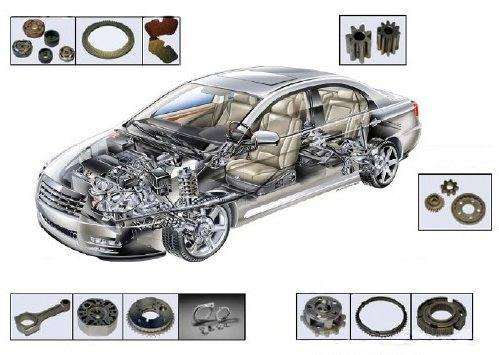After stamping, automotive metal stampings typically retain contaminants such as press oil, metal chips, burrs, coolant residues, and handling fingerprints. Incomplete cleaning will directly affect subsequent welding, adhesive bonding, painting, and assembly quality. The industry has therefore developed a variety of mature and reproducible “stamping-part cleaning solutions.”

Special-process requirements
• In-line cleanliness monitoring: SITA fluorescence method for real-time detection of residual press oil; RFU threshold is set to enable closed-loop control.
• Anti-corrosion & clean packaging: water-based rust inhibitor plus VCI (volatile corrosion inhibitor) bag; after cleaning, parts are protected against corrosion for long-term storage without additional drying.

Recommended equipment: Dual-chamber modified-alcohol cleaning machine
• Vacuum-sealed cleaning chamber; the entire process runs under vacuum protection.
• Fully automatic vacuum cleaning with PLC control—high efficiency and superior cleanliness, especially for ultra-precision parts.
• Energy-saving and environmentally friendly, meeting national environmental standards; built-in vacuum distillation system allows solvent regeneration and closed-loop reuse.
• Rapid vacuum drying of parts inside the chamber.
• The dual-chamber modified-alcohol machine also provides integrated anti-corrosion protection.










